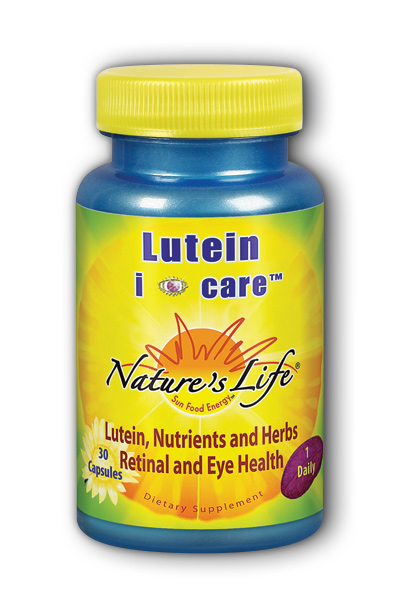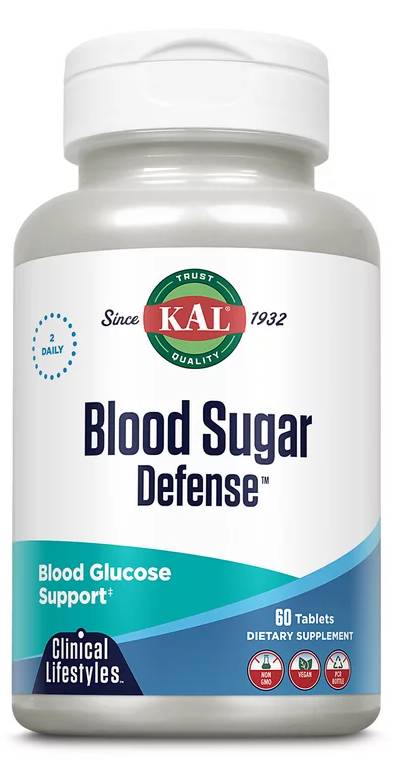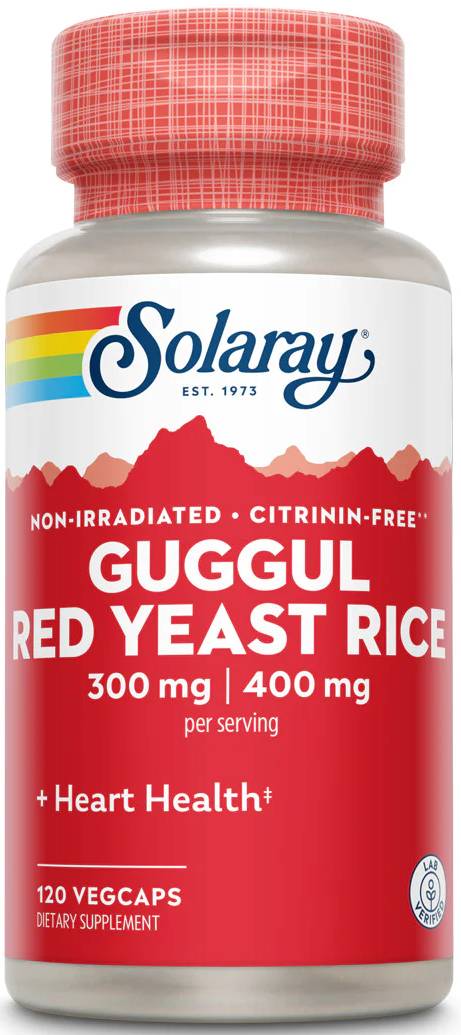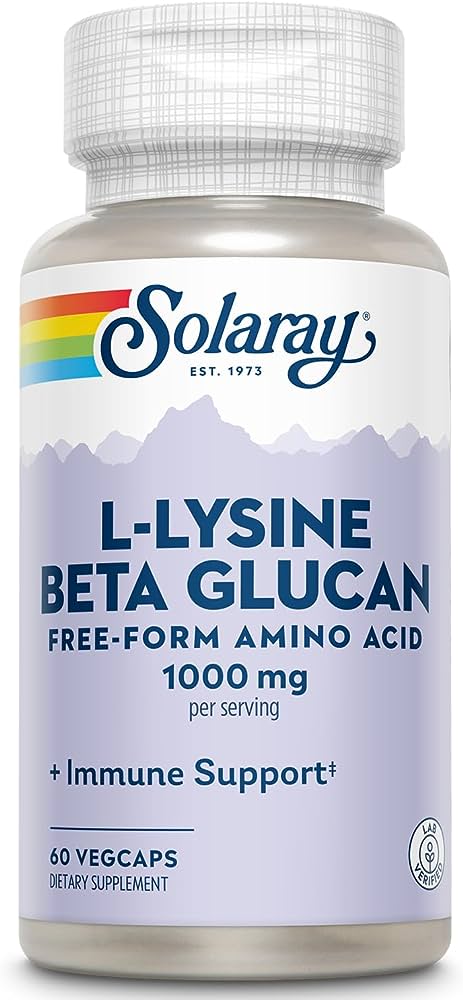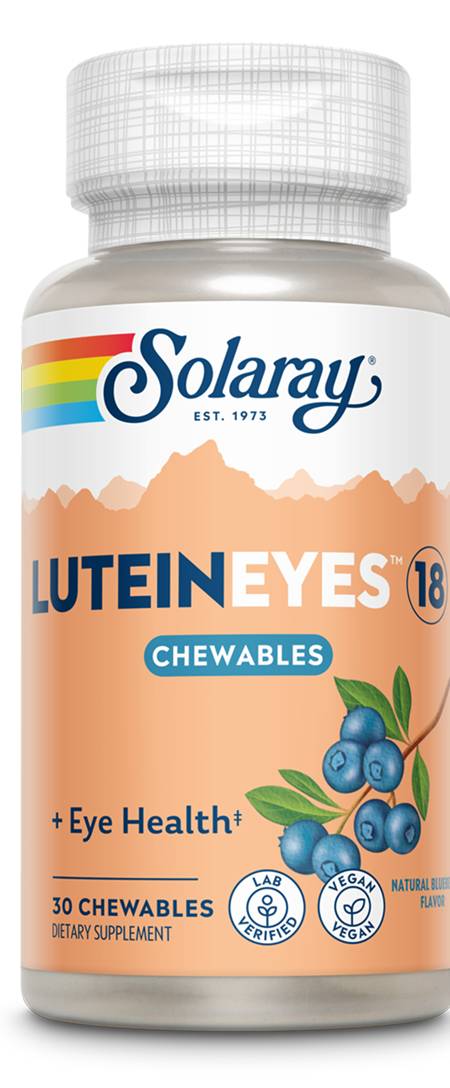Lutein i-care: The Ultimate Vision Supplement for the Modern AgeLutein i-care is not just another supplement; it is a powerful ally in maintaining and enhancing your eye health. As technology becomes increasingly integrated into our daily lives, our exposure to screens and harmful blue light is at an all-time high. Nature's Life Lutein i-care is designed to counteract these negative effects and provide optimum support to your vision. Lutein i-care's journey began with a simple objective: to create a natural supplement that supports visual health. This supplement is a unique blend of minerals, vitamins, and herbs that work in synergy to protect and nourish your eyes. It combines the powerful effects of Lutein, a nutrient found abundantly in green, leafy vegetables, and Marigold, known for its antioxidant properties, delivering a potent solution for visual health. The magic of Lutein i-care is in how it works with your body. Lutein, a carotenoid vitamin, is found in the eye's macula and retina. It functions as a protective light filter, safeguarding the eyes from damaging sunlight. The added i-Care formula comprising Bilberry fruit extract, spinach leaf, Bilberry leaf, and kale leaf further enhances the performance of Lutein, promoting overall eye function and health. If you're searching for a supplement to ward off age-related macular disease, and enhance your retinal health, look no further. Lutein i-care was created with you in mind. It's an exceptional source of Vitamin A, specifically Beta Carotene, which plays a critical role in supporting retinal health. Additionally, the inclusion of Zinc and Copper boosts the body's natural defense mechanisms, helping to prevent macular disease. Key Features- Natural Source of Vitamin A: Each capsule provides you with 5,000 IU of natural Beta Carotene, supporting your retinal health.
- Rich in Lutein: Sourced from Marigold flowers, Lutein is known for its protective benefits for your eyes.
- i-Care Formula: A unique blend of Bilberry fruit extract, spinach leaf, Bilberry leaf, and kale leaf to enhance your visual health.
- Essential Minerals: Contains Copper and Zinc to support your body's natural defense mechanism against macular disease.
Additional BenefitsBy choosing Lutein i-care you're not only investing in your visual health but also in your overall wellness. The copper present in our product supports the production of collagen, key to skin health and elasticity. Zinc, on the other hand, plays a crucial role in immune system function. Our product is encapsulated in gelatin, ensuring easy absorption for your body. Tips for Use- Take Lutein i-care daily for maximum benefits.
- Maintain a balanced diet and regular exercise alongside taking this supplement.
- Store in a cool, dry place out of children's reach.
Transform your approach to eye health with Nature's Life Lutein i-care. Rich in antioxidants, vitamins, and minerals, this supplement offers comprehensive support for your vision. Don't wait for age-related changes to affect your vision. Take action today. Protect your eyes, protect your future. Click the 'Add to Cart' button now to secure your supply of Lutein i-care.
WARNING: Do not use if safety seal is broken or missing. Keep out of reach of children. Keep your licensed health care practitioner informed when using this product.DIRECTIONS: Use only as directed. Take one (1) capsule daily with food. Store in a cool, dry place. | Supplement Facts
Serving Size: 1 Capsule
| | Amount Per
Serving | % Daily
Value |
|---|
| | Vitamin A (as natural Beta Carotene from D. salina) (Supplying 5,000 IU of Vitamin A) | 250 mcg | 28% | | | | Zinc (as Zinc Citrate) | 5 mg | 45% | | | | Copper (from Copper Citrate) | 0.5 mg | 56% |
| | Lutein (Marigold [Tagetes spp] Flower Extract, providing 360 mcg Zeaxanthin) | 6 mg | * | | | | i-care™ (Bilberry Fruit Extract, Spinach Leaf, Bilberry Leaf and Kale Leaf) | 140 mg | * |
| |
| | Other Ingredients: Gelatin Capsule, Magnesium Stearate, Silica gel and Cellulose. |
|

